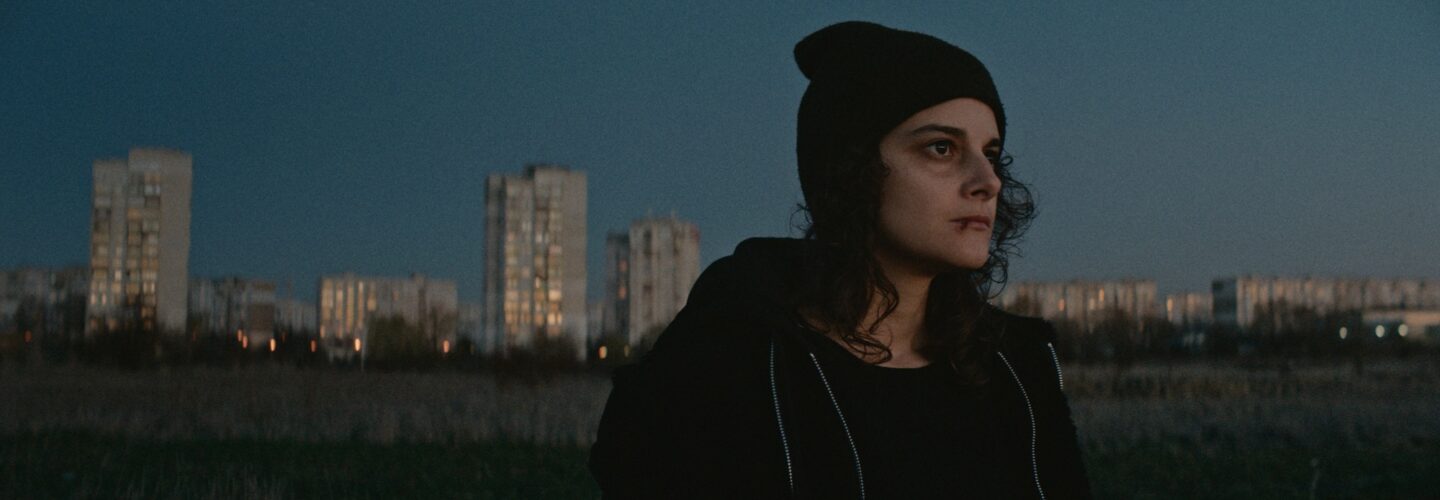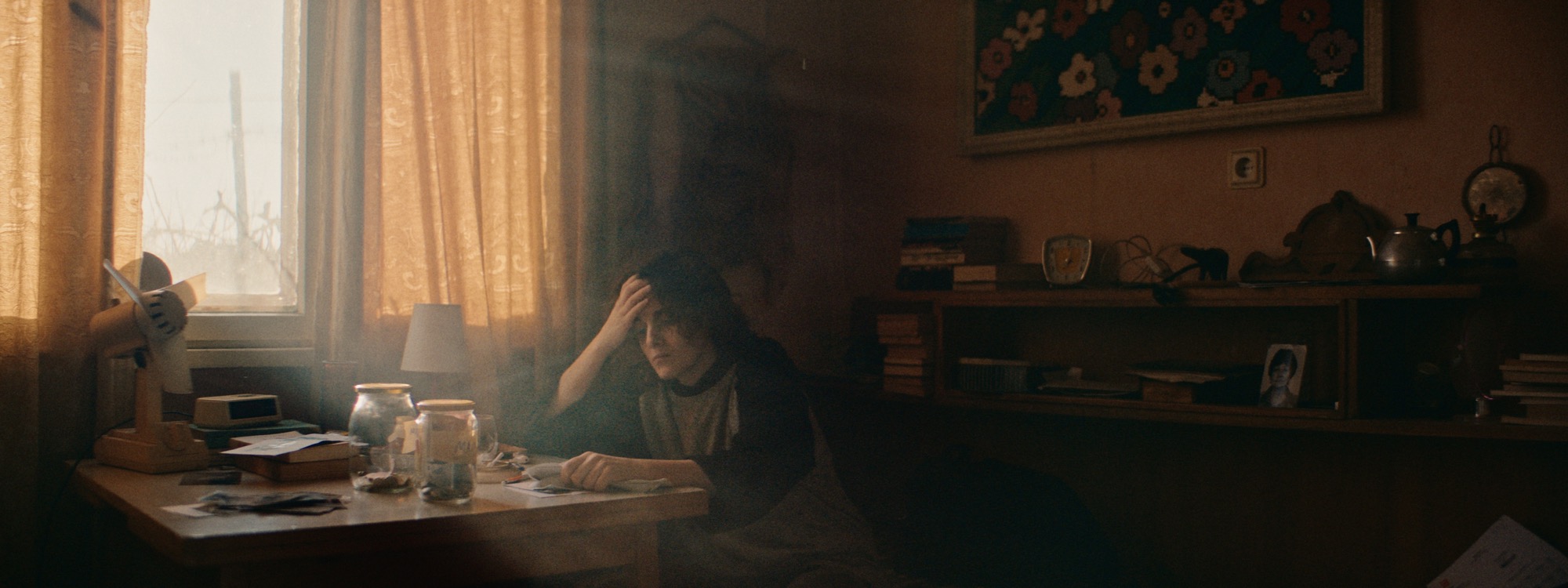
It is no surprise that Director Zornitsa Dimitrova walked away with three prizes from the 2021 edition of the Young Director Award for her hard-hitting depiction of the realities of a life lived on the economic edges in A Dark Moment of Faith. The gripping 17 minute short takes no prisoners as Dimitrova taps her audience into the earth-shattering feelings of shock, betrayal and deception experienced by protagonist Vicky, a young woman whose daily struggle to earn enough money to survive is further compounded by the death of her mother and the pressing need to raise funds for her funeral. However, as Vicky discovers even in the harshest of realities, a glimmer of hope can be found. We’ll leave you to discover the rest of Vicky’s story in the film below but absolutely agree with Dimitrova when she says that A Dark Moment of Faith is a film that you should watch “big, dark and loud” to fully immerse yourself in its world. And once you’ve done that check out our interview in which we discover how the film was informed by the first-hand accounts of women with similar experiences, and how Dimitrova and her crew planned for a nimble shoot by working with natural light and a rough shotlist which enabled them to be reactive in the moment during production.
What inspired you to tackle such a disturbing subject for this film?
A Dark Moment of Faith was the name of a poem I wrote years ago about the constant alternation between trust and disappointment when it comes to love. Later on, a friend of mine started working for an NGO taking care of victims of sex trafficking and I learnt so many disturbing stories. The common denominator was how every single one of those women felt the moment they realised what was happening to them: disappointed, deceived and betrayed. This is what the poem was about and this is how I wanted the audience to feel at the end of the film, so it all fell into place by combining those components. To cut a long story short, A Dark Moment of Faith is based on true events from narrations of real victims and it is a tragic romance transferred into a political context.
To me talking to the girls felt like I was gathering feelings rather than facts.
How did you approach gathering the testimonies of the women whose lived experiences would give this story the authenticity it required?
The interviews were actually one-on-one conversations. I didn’t want any of the women to feel like they were in a formal interview situation simply because many of them were not ready for that. At the time I didn’t know exactly what I was going to do with these interviews. The idea of A Dark Moment of Faith was born later – shortly before our shoot actually. To me talking to the girls felt like I was gathering feelings rather than facts.
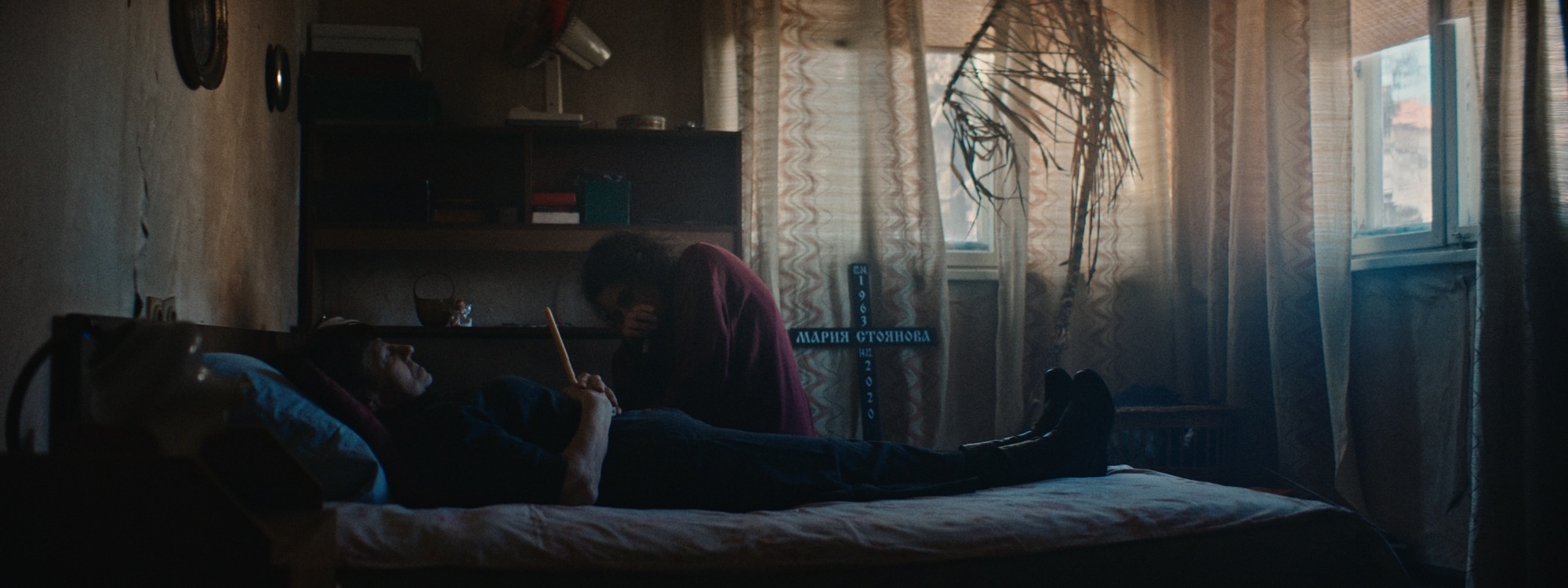
After those conversations coalesced with the desire to make a film, how did you then move into the writing and production?
I wrote the script in two nights. We prepared everything in less than two weeks because of the uncertainty Corona hanging over our heads. It was rather quick for a short film and if we had started shooting only a day later, we wouldn’t have been able to wrap it up before the first lockdown, back in 2020. Since we were using only natural light, the film was shot in five, very generously planned shooting days. We were a very small team and we shot super-early in the morning and had extra-long lunch breaks every day, waiting for the sun to set again. And when the light was gone, we went home.
Since we were using only natural light, the film was shot in five, very generously planned shooting days.
Fun story, while we were shooting the last scene, which is also the last scene in the film, the police came by and told us to piss off (literally) because they had just announced the lockdown in Bulgaria. We were waiting for the blue hour and they told us to be gone in 15 minutes. This was truly the only time my heart skipped a beat. We shot the last scene in 15 minutes (in the setting sun) expecting them to come back. They never did. So, we were able to shoot the scene once more in the perfect light.

A Dark Moment of Faith is such an emotional gut punch of a film! What was your intention behind crafting a narrative which lulls its audience into a sense of security before brutally ripping it away?
I wanted to leave the audience feeling the same way the victims did just after realising they were being taken – shocked, deceived, disappointed, terrified. This is the only way you can make their experience tangible to the spectator. This is why there is a misleading feeling of security, of hope for a brighter future towards the end. There was one common thing among all the stories I heard – a man promising a better world to a woman. It’s called the boyfriend tactic and is often used by sex traffickers. And when everything goes sideways, you lose your freedom, the feeling of falling in love as well as the ability of trusting someone ever again.
If it leaves you shocked – good. Now imagine how all those women feel.
Given the decision to only work with natural light on the shoot what was your camera setup to facilitate that?
We shot on ALEXA Mini and Atlas Orion anamorphic lenses. We wanted the film to be cinematic and rather moody. I do believe that authenticity and aesthetics are not mutually exclusive. We wanted to tell this harsh and brutally realistic story through a cinematic prism. Shooting using available light is how it had to be because of our small crew and run and gun tactics.

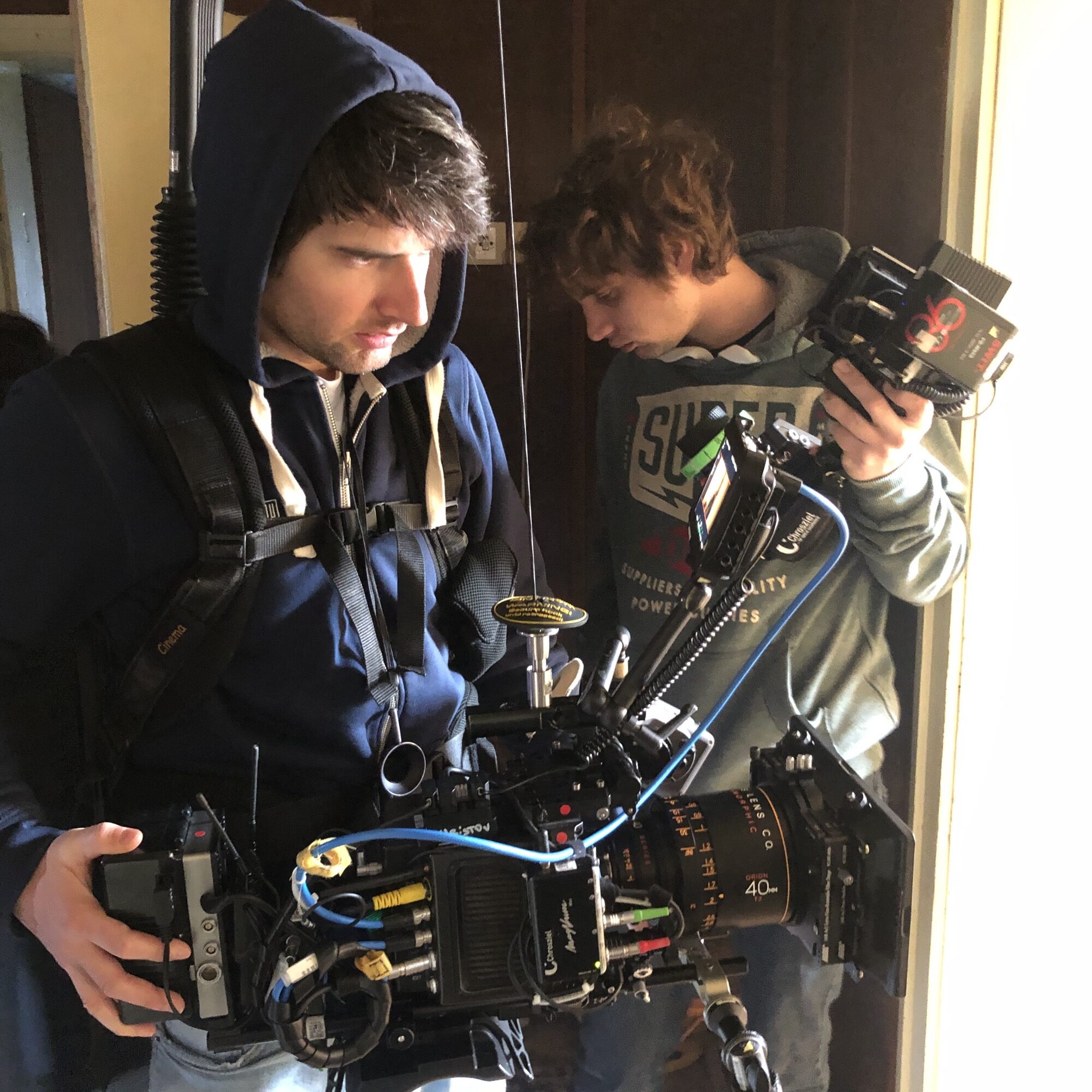


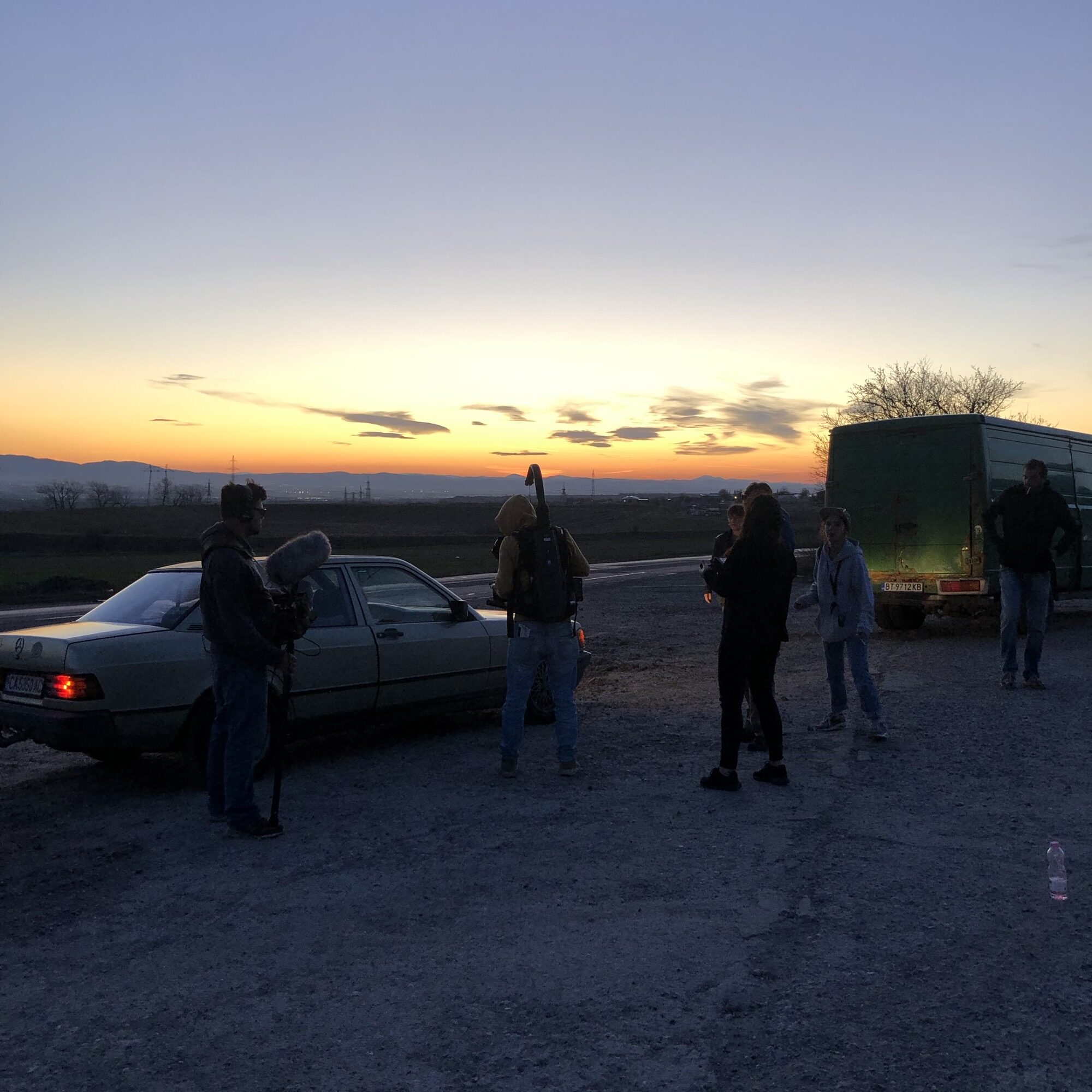
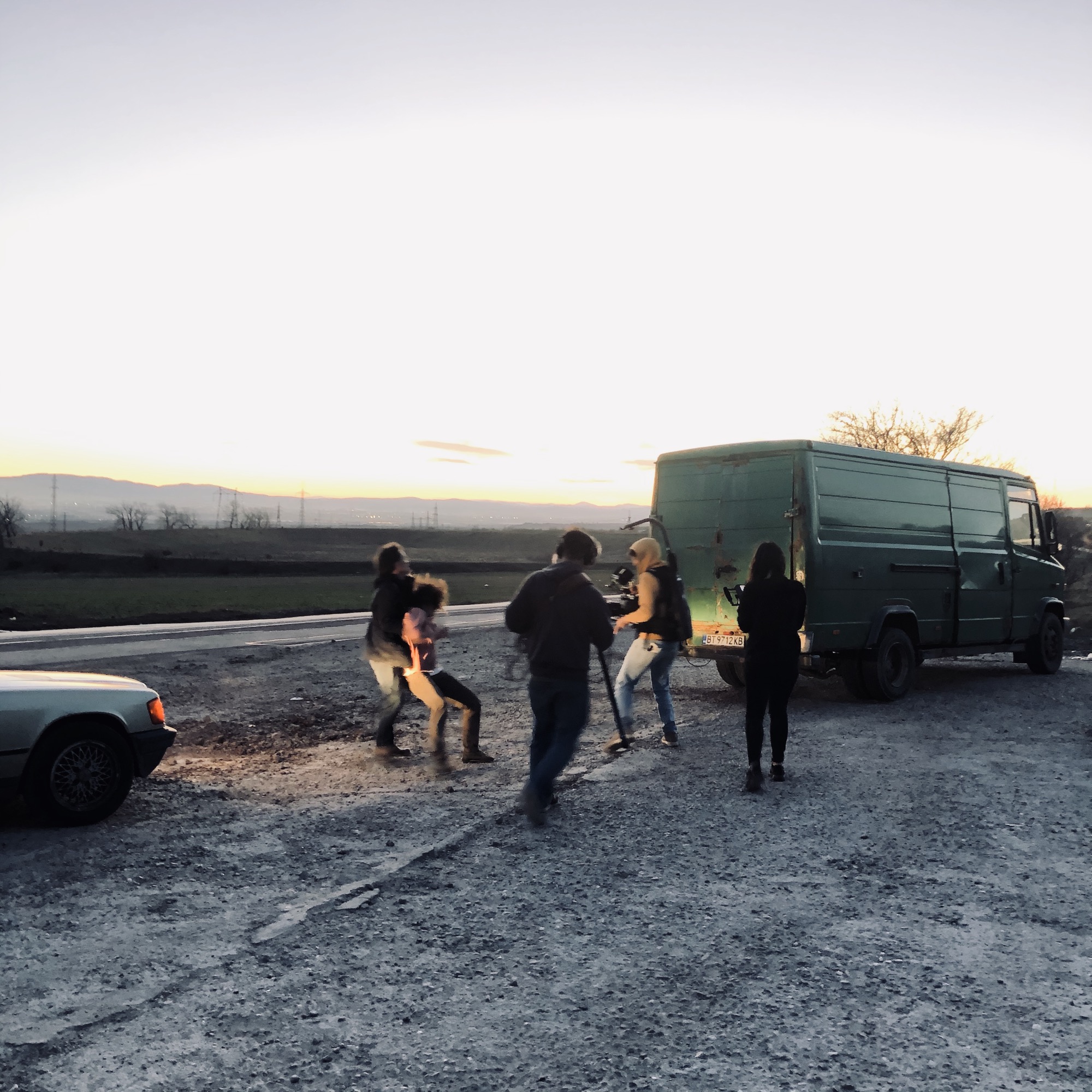
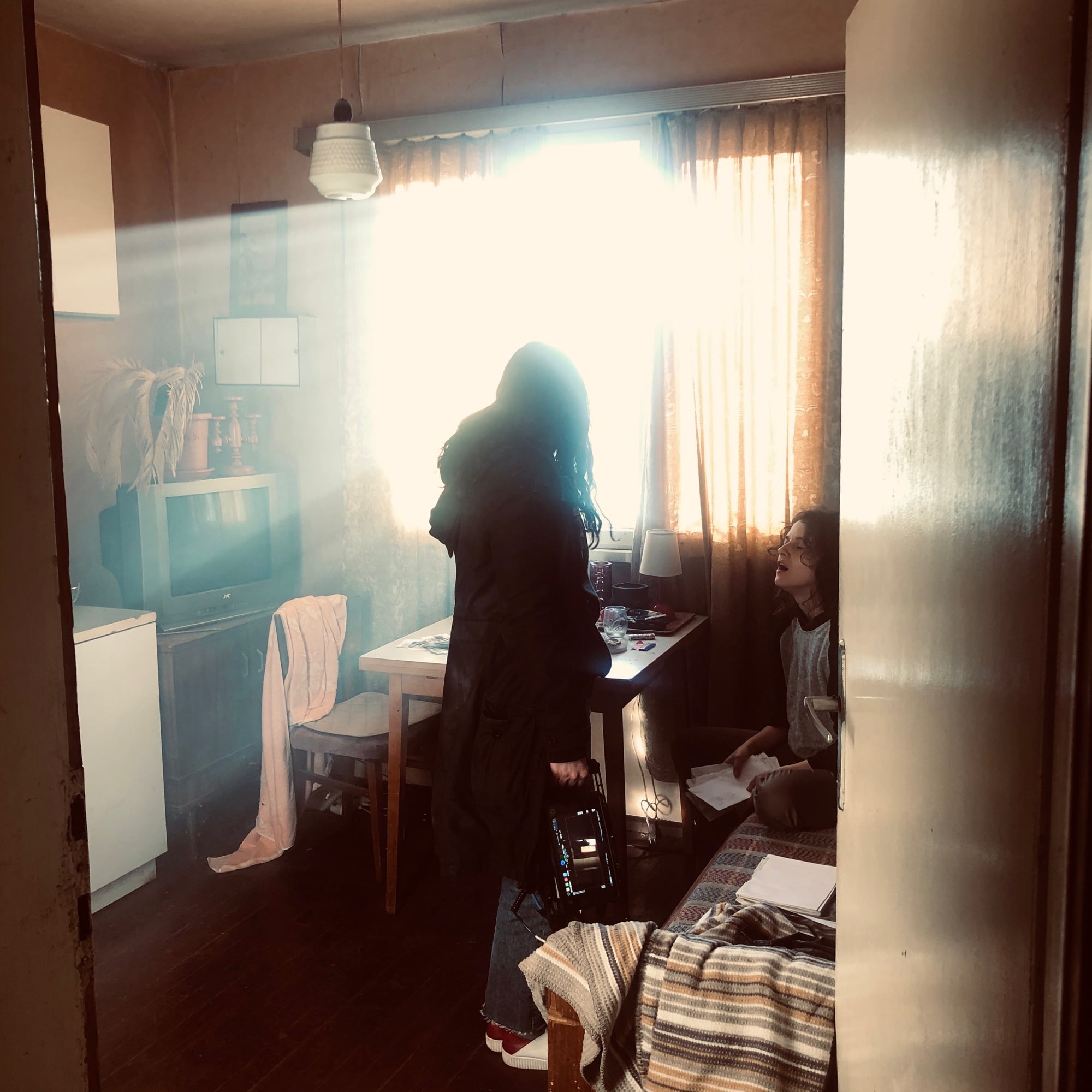
Your visuals and shots are so well chosen and put together, did you have a solid storyboard planned?
On the contrary – we only had a rough shotlist for each scene. We knew what we needed to make the scenes work, but were also able to adjust at any point, not only visually, but also with the performances. This freedom made everybody alert and happy. I’ve heard the phrase, “Film is a living creature” before and this was very much the case on our set.
Talking about the performances, your actors are perfect, particularly Rumen Mihaylov, he has an innocence which makes the end all the more shocking. How did you work with both him and Milla Lyutskanova to build their characters?
We had a great time working on the performance and they did really great together. We talked a lot about the motivation of the characters. Mila and I had known each other for some time and she asked a lot of questions about her character, which helped me as well. Rumen’s character was a bit tricky, he had to be shy enough to be adorable, but not too dorky to be considered harmless. Rumen did a perfect job balancing these two, his character turned out on point.

On rewatching A Dark Moment of Faith, I can see that there’s an ever-present feeling of dread that grows throughout.
I think it does if you only know what the film is about or have heard something about it. We had test screenings at the beginning and described it as a love story. Many people were in shock after seeing it. As mentioned above, this film works best by taking you by surprise. It works best if you see it in a cinema (or a home cinema). It’s a different experience than to sit in front of your computer. Most people don’t have the patience to see a 17-minute short film if they cannot fully immerse themselves in the world of the film. This film needs to be seen big, dark and loud, so if you do have this opportunity, please do it. It’s worth it, I promise.
What are you working on next?
Right now I am working on my first feature. I have also been exploring the dramaturgy of series and in my opinion the form follows the message. This was the case with A Dark Moment of Faith as well. It needed to be a 17-minute short film in order to work the way it does. I continue shooting commercial projects. Directing for advertising is actually my film school degree and I enjoy working in advertising a lot. I am currently looking for new UK and US representation, so if you are interested in working together do get in touch.

